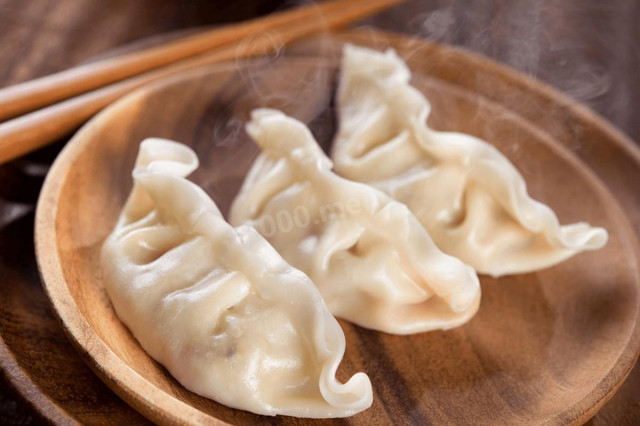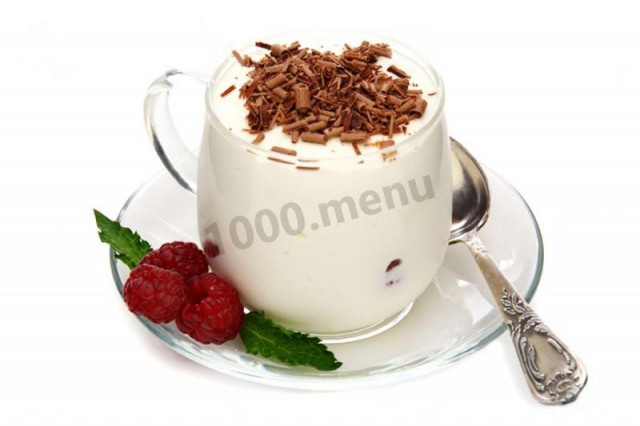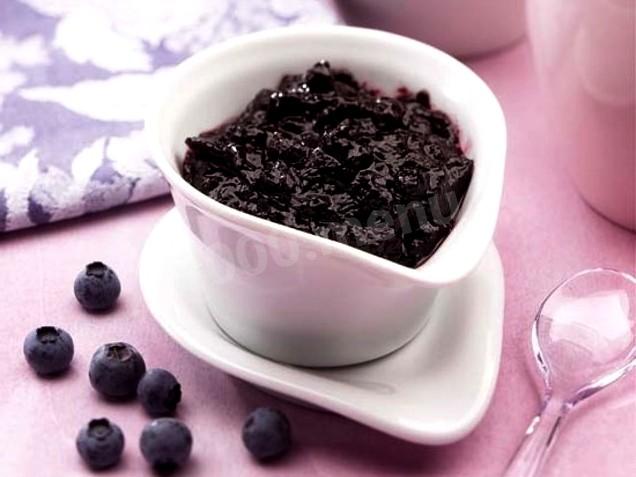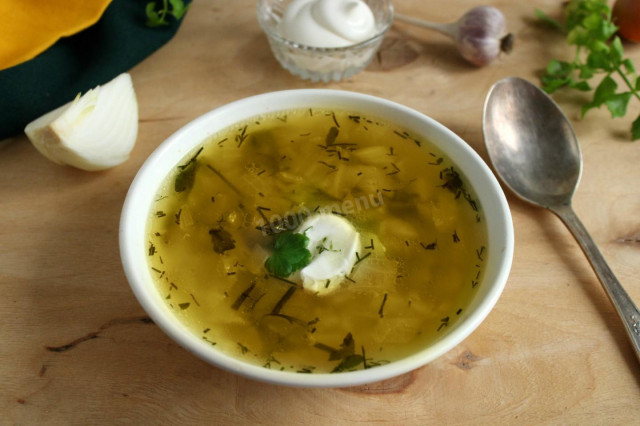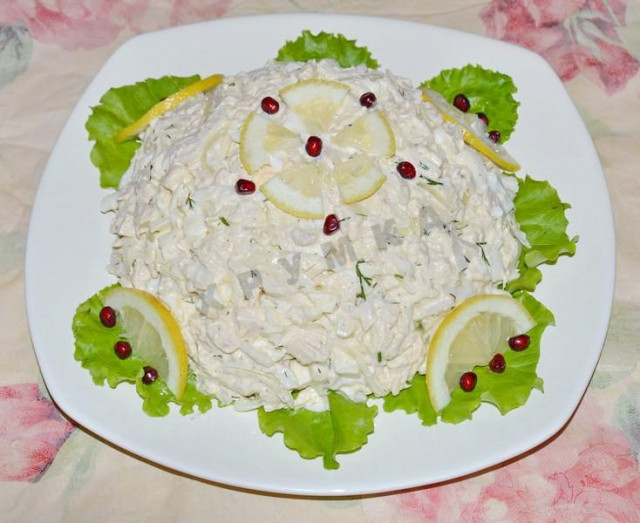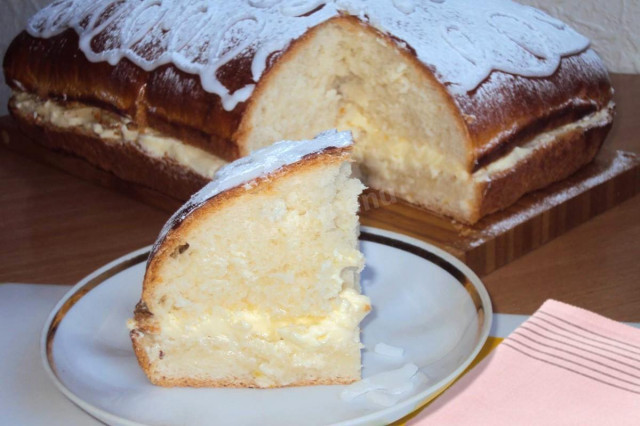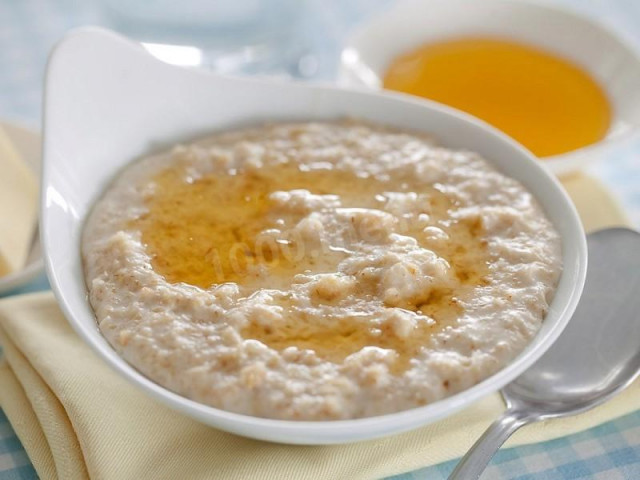Composition / ingredients
Cooking method
There are hundreds of varieties of jiaozi in China. They can be filled with meat, fish or vegetables, and they are served traditionally on a festive table. For example, Chinese New Year or a wedding can not do without this beloved dish. It is worth noting that today jiaozi is prepared not only on holidays, but also throughout the year. Nevertheless, in China they have not yet lost their symbolism and are considered not just a dish, but food that gives wealth, good luck and promotes family happiness. Is it really intriguing? And cooking this Chinese dish is no more difficult than our dumplings.
Shall we try? So, we prepare the products:
- wash under running water and dry the Peking cabbage with paper towels. After it is finely cut into cubes, the stems are cut out - they are not used in the preparation of the dish;
- the meat is also washed, we soak excess moisture and twist it through a meat grinder;
- wash and dry the green onion, then finely chop it;
- peel the garlic, chop it with a knife or rub it on a fine grater;
- bamboo shoots are crushed with a knife;
- wash, dry and clean the ginger root, then chop it finely.
Now we prepare the dough, for which we sift the flour into a large deep container, make a recess in the center of the slide. Slowly pour water into the recess, while kneading the dough. Knead it until the dough becomes homogeneous and smooth. If necessary, add a little more water, but the dough should be quite steep (as for dumplings or dumplings). We form a bun from the finished dough, put it on the bottom of the bowl, and cover it with a clean and dry towel. Leave the dough to stand for 30 minutes.
At this time we are engaged in stuffing. Squeeze the juice out of the Peking cabbage, transfer it to a large bowl. We also send meat, chopped bamboo shoots, green onions, ginger root and garlic there. Pour salt and white pepper. Pour rice wine, soy sauce and sesame oil. Mix everything until the products are combined. While the bowl with the filling is set aside.
Time has passed - we extract the dough, knead it and divide it into three parts. We dust the working surface with a small amount of flour, roll out each part with a rolling pin into a layer 1-1.2 cm thick. Using a cup or glass with a diameter of 5-6 cm, we cut out circles from each layer. In the center of each mug we spread a small amount of filling - about 1 full teaspoon. Next, we fold the dough into a crescent, clamp the edges, forming jiaozi.
Pour water into a large saucepan and put it on a high heat, bring it to a boil. Add salt to the pan in the process, mix. When the water boils, reduce the heat to medium. We put jiaozi in the water - as much as it will fit. They will have to be cooked in 2-3 sets. After half a minute, stir the contents of the pan and cook the jiaozi for 5 minutes (until the filling is completely ready).
Remove the finished jiaozi on a flat plate. If necessary, add a little more water to the pan, bring it to a boil again and spread the rest of the "dumplings".
We serve the dish hot. Sauces are mandatory!
Bon appetit! As well as wealth, good luck and family happiness! ;)
Caloric content of the products possible in the composition of the dish
- Pork fat - 333 kcal/100g
- Pork meat - 357 kcal/100g
- Pork - low-fat roast - 184 kcal/100g
- Pork chop on a bone - 537 kcal/100g
- Pork - schnitzel - 352 kcal/100g
- Pork shoulder - 593 kcal/100g
- Boar's leg - 113 kcal/100g
- Pork - 259 kcal/100g
- Garlic - 143 kcal/100g
- Ginger - 80 kcal/100g
- Dry ginger - 347 kcal/100g
- Pickled ginger - 51 kcal/100g
- Whole durum wheat flour fortified - 333 kcal/100g
- Whole durum wheat flour, universal - 364 kcal/100g
- Flour krupchatka - 348 kcal/100g
- Flour - 325 kcal/100g
- Soy sauce - 51 kcal/100g
- Chinese cabbage - 16 kcal/100g
- Bamboo shoots - 27 kcal/100g
- Green onion - 19 kcal/100g
- Salt - 0 kcal/100g
- Water - 0 kcal/100g
- White pepper - 0 kcal/100g
- Sesame oil - 899 kcal/100g
- Rice wine - 256 kcal/100g

